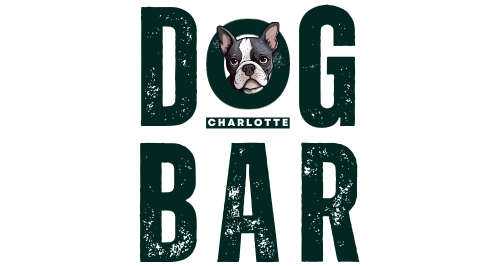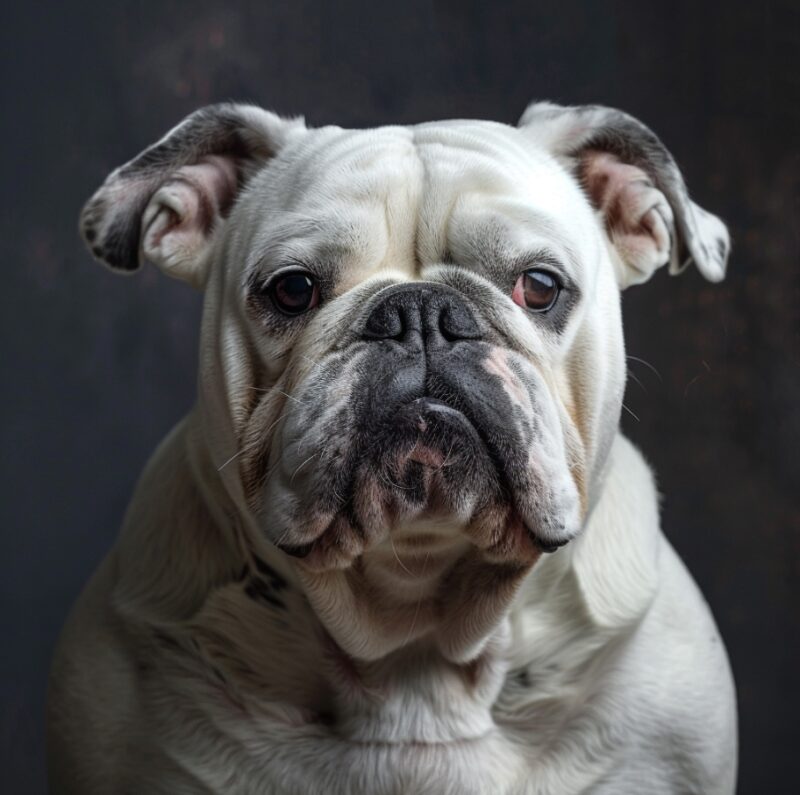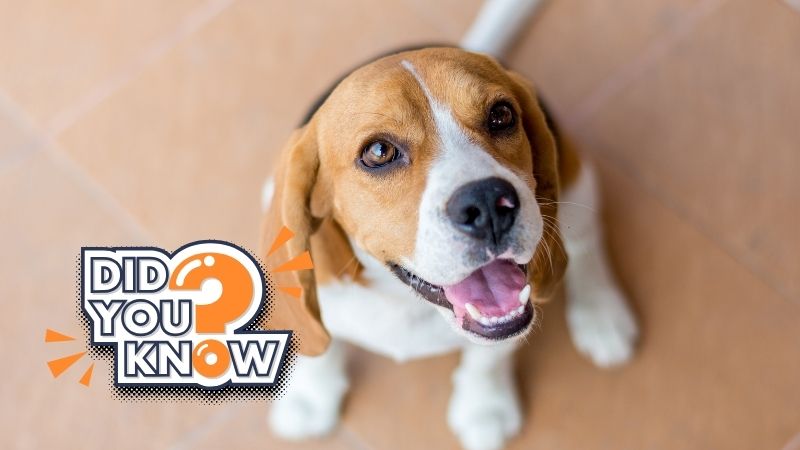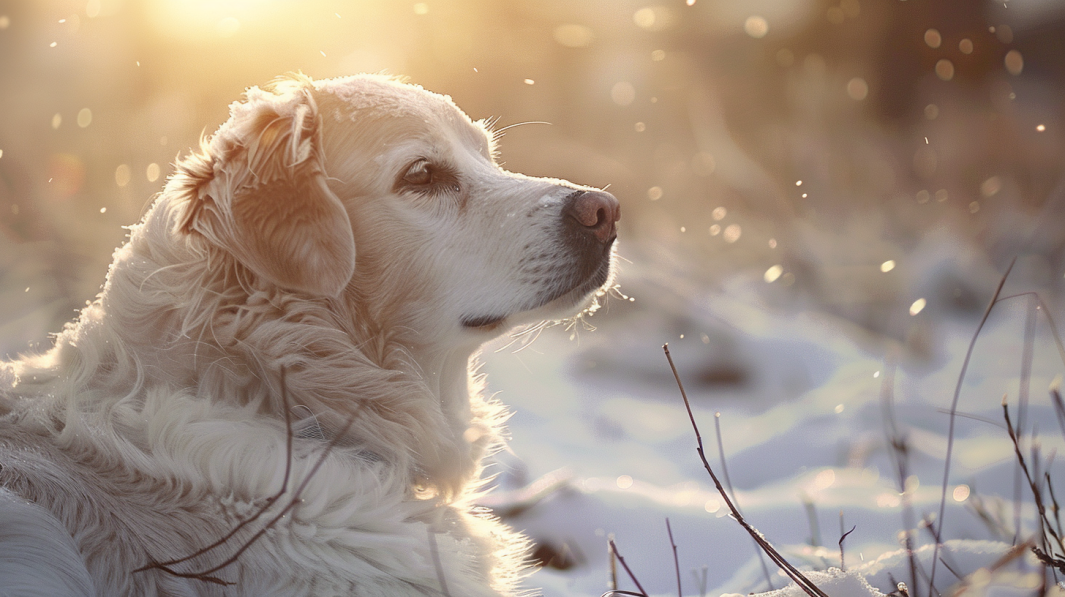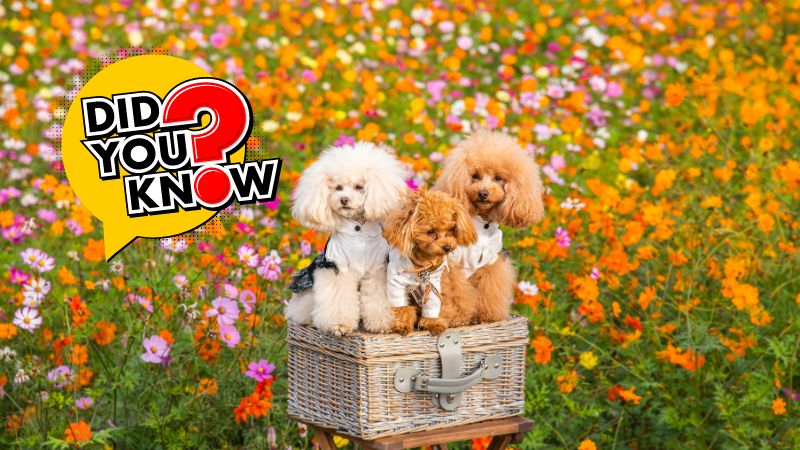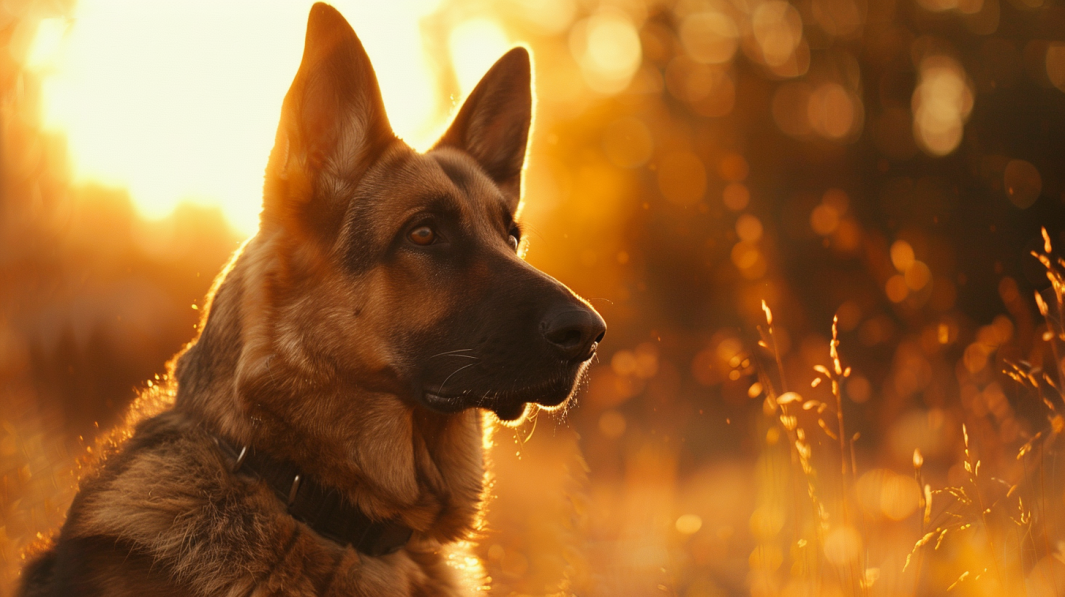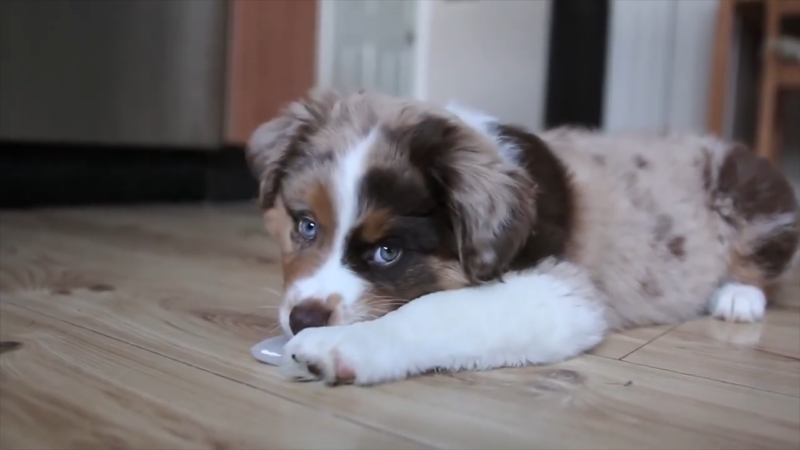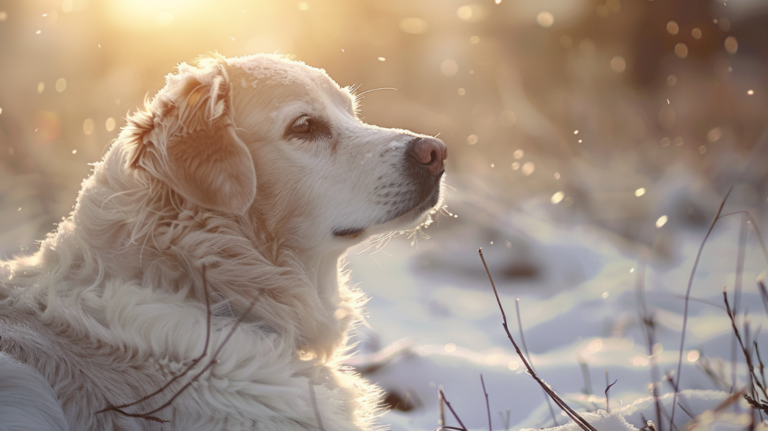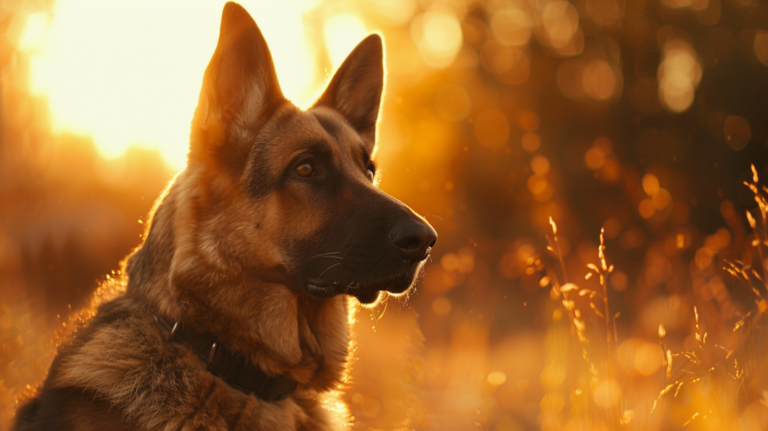The increasing popularity of 2nd Generation Goldendoodles has led to a surge in demand that outpaces supply. This scarcity is exacerbated by the complexity of breeding second-generation dogs, which requires careful selection of parent dogs to maintain desirable traits and minimize health risks.
Additionally, misconceptions and misinformation about these dogs, fueled by social media, contribute to the difficulty in finding them. As a result, prospective owners often face lengthy waiting lists and must undergo rigorous screening processes to adopt a 2nd Generation Goldendoodle.
1. High Demand and Limited Breeders
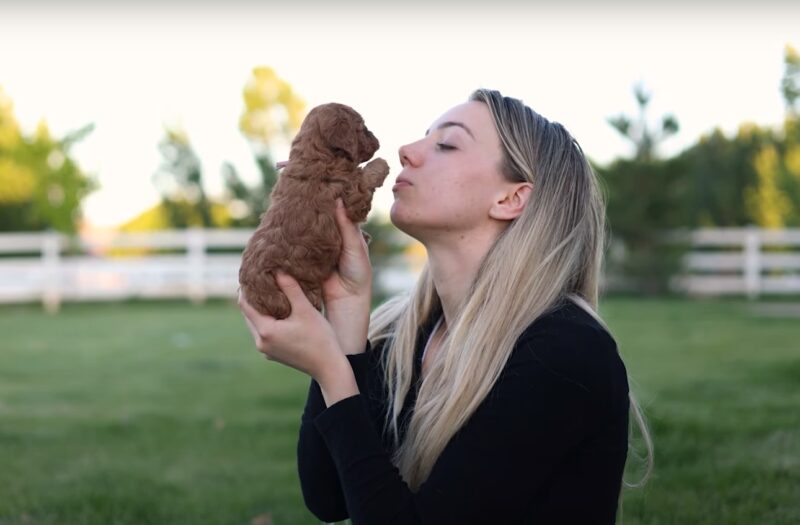
The quest for a 2nd Generation Goldendoodle often ends in frustration for many prospective pet owners, and the primary reason is their soaring popularity. These adorable, intelligent, and hypoallergenic dogs have captured the hearts of families and individuals alike, creating a demand that far outstrips supply.
Limited Breeding Capacity
Unlike more common breeds, 2nd Generation Goldendoodles are bred by a relatively small number of specialized breeders. These breeders often prioritize ethical breeding practices, which means they do not overbreed their dogs, leading to limited litter sizes.
The meticulous attention to health, temperament, and genetic diversity further restricts the number of puppies available each year.
The Waiting Game
As a result, many breeders have long waiting lists, sometimes extending over a year. This scarcity is compounded by the breeders’ rigorous screening processes for potential owners, ensuring that each Goldendoodle finds a suitable forever home.
This careful matching process, while beneficial for the dogs and owners, further narrows the availability for those urgently seeking to adopt.
2. Complexity in Breeding Second-Generation Dogs
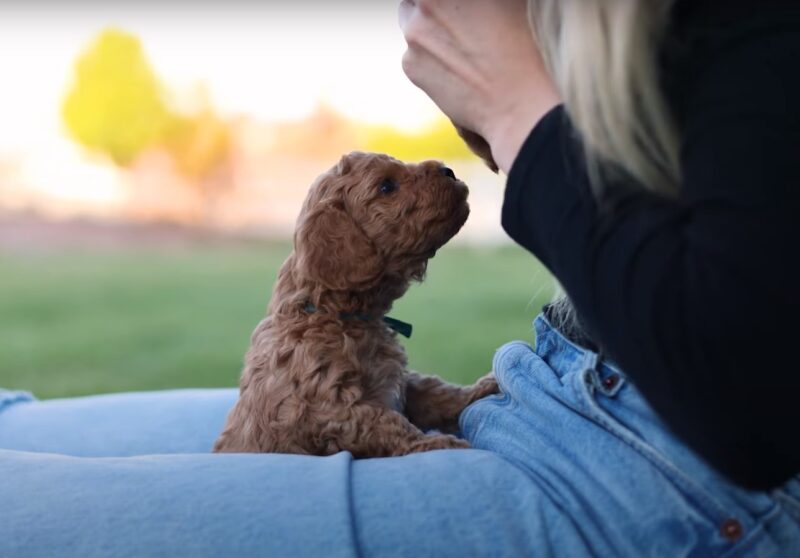
Breeding a 2nd Generation of this dog, also known as an F1B, involves crossing a first-generation Goldendoodle (F1) with a purebred Poodle. This breeding aims to enhance the hypoallergenic qualities of the Goldendoodle, making them more suitable for families with allergies.
The Breeder’s Challenge
However, this is not a straightforward process. It requires a deep understanding of genetics to maintain the desirable traits of both the Golden Retriever and the Poodle while minimizing health risks.
Breeders must carefully select parent dogs based on their health, temperament, and physical characteristics, a process that demands time, knowledge, and experience.
Unpredictability in Traits
The outcome of breeding second-generation Goldendoodles can be somewhat unpredictable. The puppies may inherit a wide range of traits from their parents, making it challenging to guarantee specific characteristics such as coat type, size, or temperament.
This unpredictability often leads breeders to produce fewer litters as they strive to maintain the breed’s standards, contributing to the scarcity of these dogs.
3. Misconceptions and Misinformation

A significant factor contributing to the scarcity of 2nd Generation Goldendoodles is the perpetuation of myths and misconceptions. Many people believe that these dogs are the quintessential perfect pets, combining the best traits of Golden Retrievers and Poodles with none of their drawbacks.
This idealized image increases demand but also leads to unrealistic expectations.
Misinformation in Breeding
There’s a lot of misinformation about the breeding of Goldendoodles. Some unethical breeders or puppy mills may falsely advertise their dogs as 2nd Generation Goldendoodles without the proper genetic lineage.
This misinformation not only misleads potential owners but also harms the breed’s reputation and confuses the market.
The Impact of Social Media
Social media and popular culture have amplified the desirability of Goldendoodles, often showcasing them in idealized settings. This portrayal can overshadow the realities of owning such a pet, including their need for regular grooming, exercise, and health care.
The gap between expectation and reality can lead to a high number of people seeking these dogs without understanding the commitment involved, further inflating the demand.
Insights for Prospective Owners
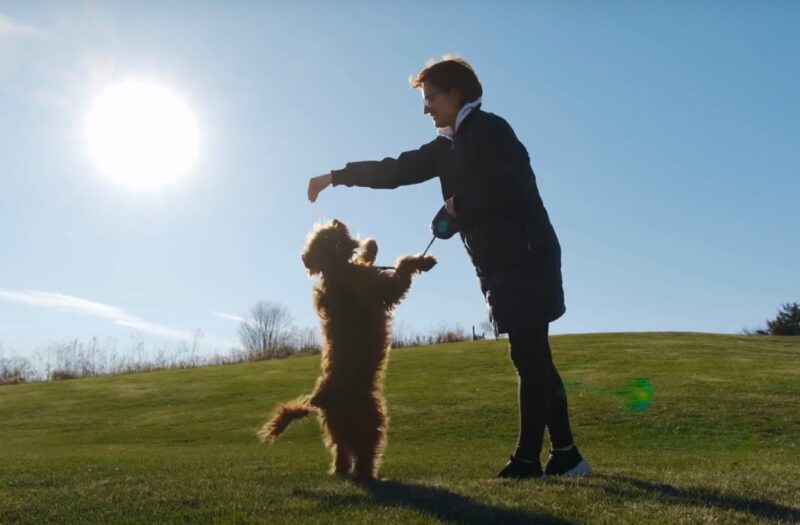
When considering adopting a Goldendoodle, understanding the nuances of each generation is crucial. The detailed breakdown of Goldendoodle generations, as explored on the webpage, offers invaluable insights into the breeding process and the traits typically associated with each generation.
This knowledge is not just academic; it has practical implications for prospective owners, helping them make informed decisions that align with their lifestyles and preferences.
F1 Goldendoodles: The Foundation
The F1 Goldendoodles, being a direct 50/50 mix of a Golden Retriever and a Poodle, often exhibit a balance of traits from both breeds. This generation can be a great choice for those who appreciate the friendly and loyal nature of Golden Retrievers, combined with the intelligence and low-shedding coat of Poodles.
However, prospective owners should be aware that the coat type can vary, ranging from wavy to curly, and the degree of shedding can be unpredictable.
F1b Goldendoodles: Enhancing Hypoallergenic Traits
For those particularly concerned with allergies, the F1b generation, which involves backcrossing a Goldendoodle with a Poodle, typically offers a higher likelihood of hypoallergenic traits. These dogs often have more Poodle-like coats, which are better for allergy sufferers.
However, it’s important to remember that no dog is completely hypoallergenic, and individual reactions can vary.
F2 and Beyond: A Genetic Kaleidoscope
The F2 generation, resulting from breeding two F1 Goldendoodles, and the subsequent F2b and multi-generational Goldendoodles, introduce a greater degree of variability. This variability can be both exciting and challenging.
While it increases the chances of unique combinations of traits, it also makes it harder to predict specific characteristics like coat type, size, and temperament. These generations might appeal to those who are open to a wider range of possibilities in their pet’s traits.
The Importance of Ethical Breeding
Regardless of the generation chosen, the importance of ethical breeding cannot be overstated. Prospective owners should seek breeders who conduct thorough health screenings and prioritize the well-being of their dogs.
Ethical breeding practices not only ensure healthier, well-adjusted puppies but also contribute to the long-term health of the breed.
Making the Right Choice
Ultimately, choosing the right Goldendoodle generation involves balancing personal preferences with a realistic understanding of each generation’s characteristics. Prospective owners should consider their lifestyle, their ability to manage grooming and health care, and their expectations regarding the dog’s temperament and appearance.
It’s also crucial to prepare for some level of unpredictability, especially with generations beyond F1.
FAQ
What is the average lifespan of this breed of dog?
The average lifespan of a 2nd Generation Goldendoodle is typically around 10 to 15 years. This can vary based on factors like genetics, health, diet, and exercise.
Can 2nd Generation Goldendoodles be suitable for apartment living?
Yes, 2nd Generation Goldendoodles can adapt to apartment living if they receive adequate exercise and mental stimulation. However, their size and energy levels should be considered, as they do benefit from having more space.
Is it easier to train this dog compared to other breeds?
2nd Generation Goldendoodles are often considered easier to train due to their intelligence and eagerness to please. However, like all dogs, they require consistent training and socialization from an early age.
Are these dogs good with children?
Generally, 2nd Generation Goldendoodles are known for their friendly and gentle nature, making them good companions for children. However, interactions should always be supervised, especially with younger children, to ensure safety for both the child and the dog.
How much grooming do dogs of this breed require?
2nd Generation Goldendoodles require regular grooming, including brushing several times a week and professional grooming every 6-8 weeks. Their coat type, which can range from wavy to curly, often dictates the extent of grooming needed.
What are common health issues in these dogs?
Common health issues in 2nd Generation Goldendoodles can include hip dysplasia, ear infections, and allergies. Regular veterinary check-ups and a healthy lifestyle can help manage and prevent some of these issues.
Closing Thoughts
In conclusion, the increasing popularity of 2nd Generation Goldendoodles has led to a complex situation marked by high demand, limited supply, and breeding challenges. Prospective owners must be prepared for lengthy waiting lists, undergo rigorous screening processes, and manage their expectations carefully.
To navigate this situation successfully, it is crucial to prioritize responsible breeders who prioritize ethical practices and prioritize the health and well-being of their dogs. Thorough research and patience are essential in finding the right 2nd-generation Goldendoodle to become a cherished member of your family.
